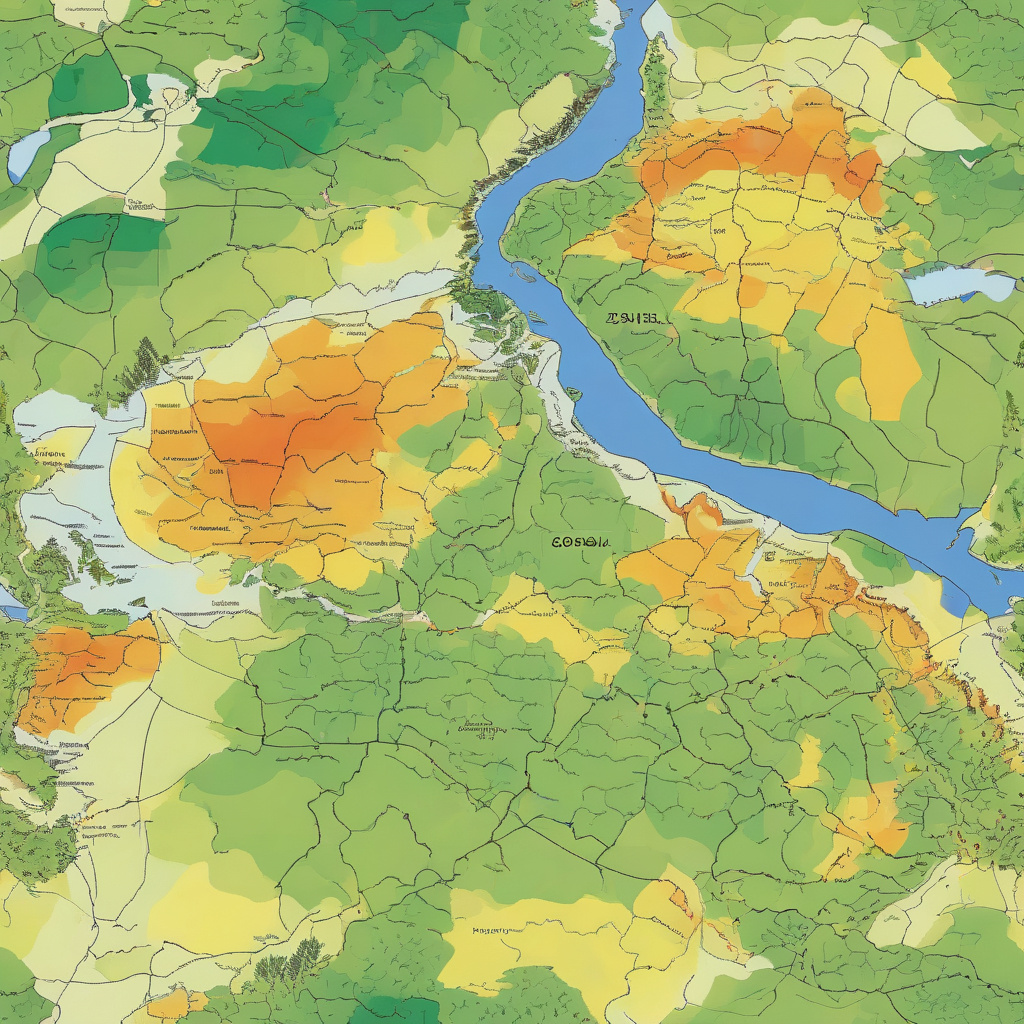Map of Earth’s functional biosphere reveals 60% of global land area is outside safe zone
A new study on functional biosphere integrity, or the plant kingdom’s ability to co-regulate the planet’s climate and sustain life, has uncovered alarming findings. The research indicates that a staggering 60% of the global land area falls outside the safe zone designated by scientists. This revelation raises concerns about the future of biodiversity, ecosystem stability, and ultimately, the well-being of all living organisms on Earth.
The biosphere, a delicate and intricate system of interactions between living organisms and their environment, plays a crucial role in maintaining planetary health. From regulating the atmosphere’s composition to supporting food production, the biosphere is essential for life as we know it. However, human activities such as deforestation, urbanization, and industrialization have significantly impacted the integrity of this vital system.
The study’s findings highlight the extent of these disruptions, with a substantial portion of the Earth’s land surface no longer functioning within the safe limits of the biosphere. This means that ecosystems in these areas may struggle to provide essential services such as carbon sequestration, water purification, and habitat preservation. As a result, biodiversity loss, climate change, and other environmental challenges could be exacerbated.
One of the key factors contributing to this concerning trend is the loss of vegetation cover, particularly in tropical regions with high levels of biodiversity. Deforestation, driven by agricultural expansion, logging, and infrastructure development, has significantly reduced the capacity of these areas to support diverse and resilient ecosystems. Without adequate plant cover, the ability of these regions to regulate climate patterns and provide critical ecosystem services is compromised.
Furthermore, the study underscores the interconnected nature of the biosphere, highlighting how disturbances in one area can have far-reaching consequences across the planet. For example, the degradation of forests in the Amazon rainforest can impact weather patterns in distant regions, leading to unpredictable climatic events and disruptions in agricultural productivity. This interconnectedness underscores the urgency of addressing the challenges facing the biosphere on a global scale.
To address these pressing issues, concerted efforts are needed to restore and protect the integrity of the biosphere. This includes implementing sustainable land management practices, expanding protected areas, and promoting reforestation and afforestation initiatives. By safeguarding the functioning of the biosphere, we can help mitigate the impacts of climate change, preserve biodiversity, and secure a sustainable future for generations to come.
In conclusion, the map of Earth’s functional biosphere serves as a stark reminder of the critical importance of preserving and restoring the integrity of our planet’s life-support systems. With the majority of the global land area falling outside the safe zone, urgent action is needed to address the root causes of ecosystem degradation and ensure a resilient and sustainable future for all. Only by working together to protect and nurture the biosphere can we hope to secure a thriving planet for future generations.
#biosphere #climatechange #biodiversity #ecosystem #sustainability












